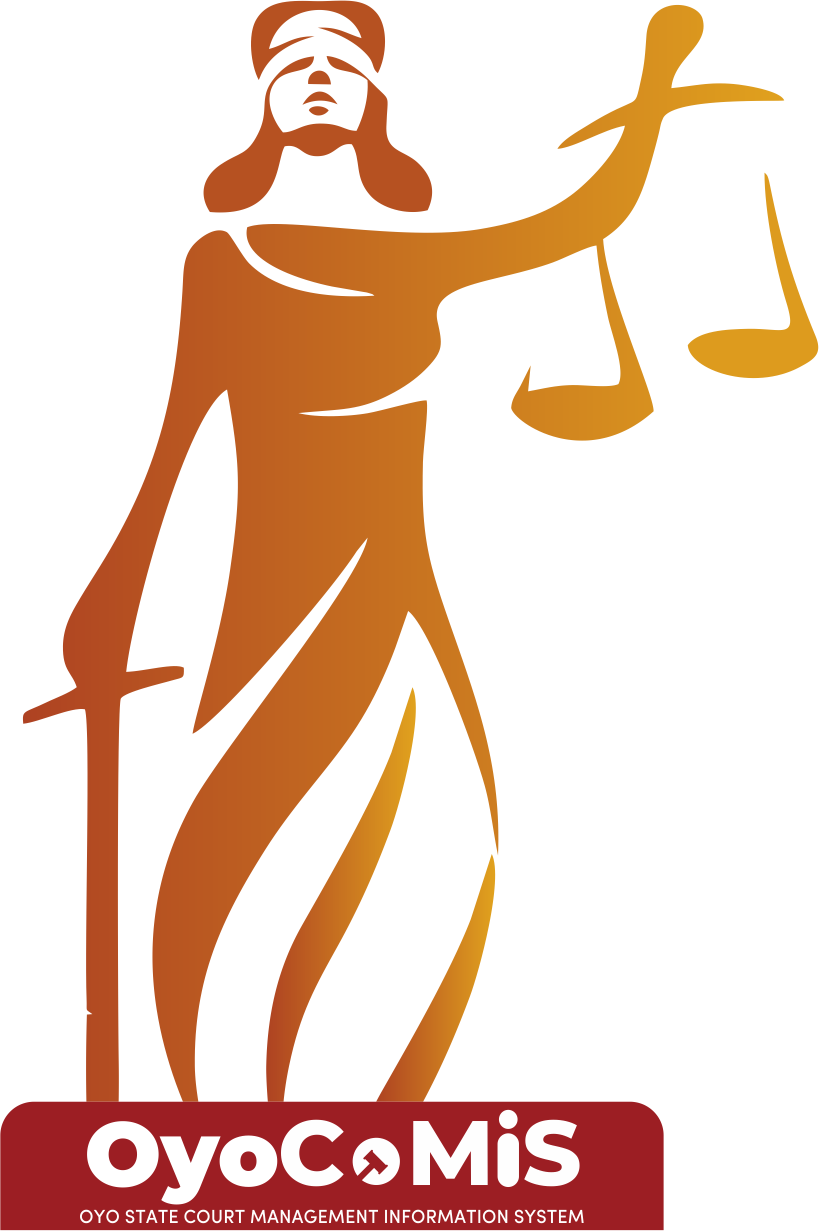The existence of a fiduciary duty does not prevent the rise of potential conflicts of interest. Stocks are also classified by market capitalization into large-, mid-, and small-cap categories. Large-cap stocks are more frequently traded and usually represent well-established, stable companies.
The biggest risk of owning common stock is that you can lose all or most of your money if the company goes bankrupt, falls on hard times, or just fails to prosper. Common stock isn’t backed or guaranteed or insured by any entity or government agency. For instance, Capital One Financial’s common stock traded around $77 from November 2019 to 2020. In early November 2020, it awarded a quarterly dividend of just $0.10 a share, or $0.40 annually — a yield of about 0.5% (0.40/77) per share. On the other hand, Capital One preferred stock which traded around $26, had a dividend of about $1.22 a share, making for a yield almost 10 times larger, nearly 5%. In terms of risk, common stocks run the gamut, from blue-chip stocks, which are highly stable and secure, to penny stocks, which are extremely volatile.
Dividends and Yields
Treasury stock is essentially capital stock that has been bought back or was never issued to the public. In accounting and finance, capital stock represents the value of a company’s shares that are held by outside investors. It is calculated Accounting for Tech Startups: What You Need To Know by multiplying the par value of those shares by the number of shares outstanding. If a company’s founders sell the majority of its voting shares to outside investors, they risk losing the ability to control the company’s future.
On the flipside, if a company performs poorly, the value of common stocks can decrease to $0. Preferred stocks are typically purchased for their consistent dividend payments, which offer less financial risk to shareholders than common stock. When businesses have enough profit to pay dividends, they prioritize preferred shareholders first, and then pay common shareholders if there are funds left over. A preferred stock pays stockholders set dividend payments on a regular schedule, but does not have voting rights or as much potential for capital appreciation as common stock. Investors tend to buy shares of preferred stock for their consistent income and lower financial risk if a company faces losses. If you own common stock, you’ll receive your dividend payouts after preferred stock shareholders have been paid.
Experienced investors
Adam received his master’s in economics from The New School for Social Research and his Ph.D. from the University of Wisconsin-Madison in sociology. He is a CFA charterholder as well as holding FINRA Series 7, 55 & 63 licenses. He currently researches and teaches economic sociology and the social studies of finance at the Hebrew University in Jerusalem.
For example, a preferred stock with a 3% dividend yield that trades for $100 pays a shareholder $3 for every share they own. This money is paid while they own the stock, in addition to the proceeds they receive when they sell it. When a company sells shares in an initial public offering, the IPO price is normally well above the par value. In addition, any secondary offerings or share buybacks will also affect the value of the capital stock.
Capital Stock: Definition, Example, Preferred vs. Common Stock
These shares can also pay out a dividend, though payment amounts and the timing for when they arrive is not fixed the way it is with preferred shares. Instead, common stock dividend payouts are set by the board of directors. The amount an investor receives can be tied to the company’s https://www.wave-accounting.net/webinar-nonprofit-month-end-closing-accounting/ profitability for that particular dividend payout period. Both common and preferred stockholders can receive dividends from a company. However, preferred stock dividends are specified in advance based on the share’s par or face value and the dividend rate of the stock.
- However, a company can choose to amend its articles of incorporation or charter allowing it to increase its capital stock.
- A corporate charter, also known as a “charter” or as “articles of incorporation,” is a legal document that is used to start a corporation.
- Even if the value of the shares increases or decreases, the value of the share capital remains as what the company received from the initial sale, or $50,000.
- We do not manage client funds or hold custody of assets, we help users connect with relevant financial advisors.
- The more a company issues shares from its capital stock, the more the share value will be diluted as well.

